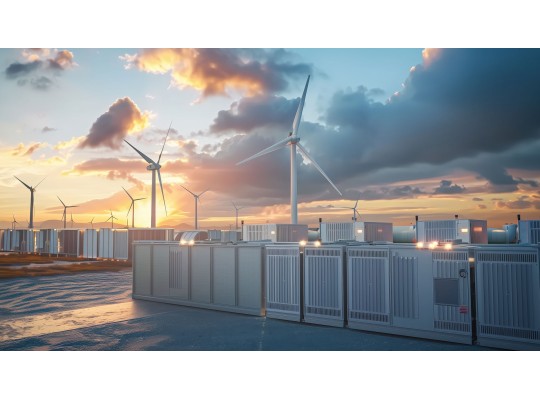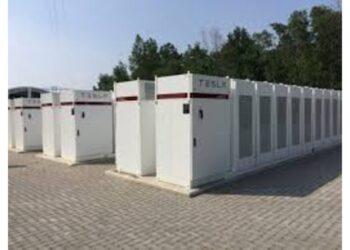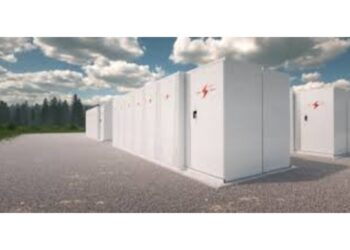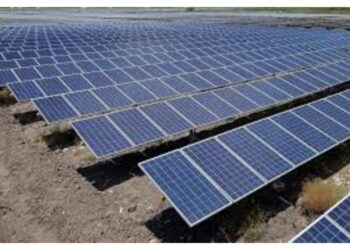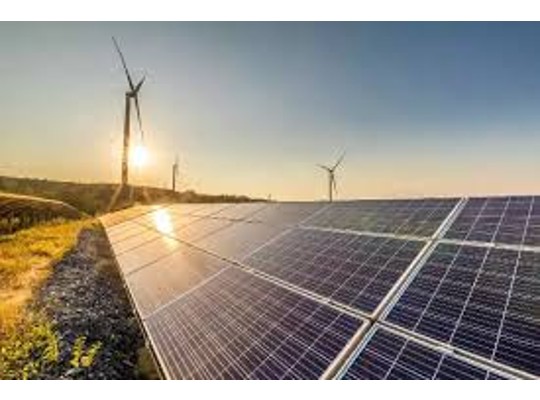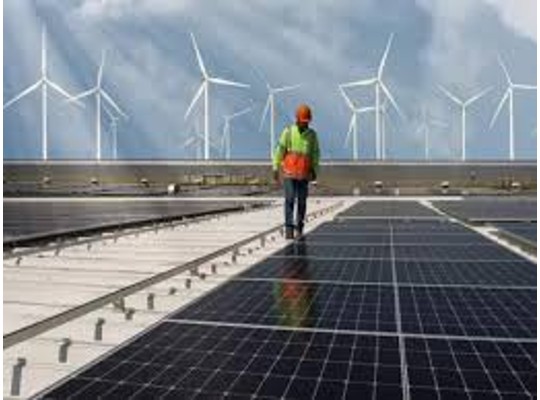The world is moving toward cleaner and more sustainable energy, with a focus on renewable sources such as wind and solar power. This energy has become more popular for lowering the intake of fossil fuels. But renewable energy comes with great demanding situations. The wind does not always blow. And the sun does not always shine. So how to store this energy so it can be used when needed? The answer lies in the battery energy storage system, or BESS.
What is a battery energy storage system?
A battery energy storage system is some advanced technology that allows the users to store energy for future use. It works by storing electricity in batteries. This stored energy is released at a time when the demand for more power increases or when renewable energy sources such as wind and solar do not generate electricity. This system keeps the power supply stable and guarantees that renewable energy can be utilized effectively at any time, even during unfavorable natural conditions.
Low-carbon energy shift accelerates battery storage system
The global move toward using low-carbon energy is considerably boosting the battery energy storage system industry. This is happening due to enhanced investments in efforts to reach goals for using clean energy. BESS solutions are being used in residential, commercial, and utility sectors to store energy generated from renewable sources. Also, key technologies consisting of flow batteries, solid-state batteries, pumped hydro storage, and thermal power storage are making it possible to store and use energy more efficiently.
It is important to mention that there are multiple initiatives underway to build more infrastructure for storing large amounts of energy with low emissions. For instance, in March 2021, Pacific Green, a company that focuses on clean energy technology, collaborated with TUPA Energy to develop a 1.1 GW battery energy storage system in the UK. Furthermore, Pacific Green has secured rights to a 100 MW BESS project in Kent, with plans to have 1,000 MW available by 2023. These projects show the increasing interest in sustainable energy solutions, which is further driving the expansion of the battery energy storage system market.
Next-generation lithium-ion batteries for a more sustainable energy future
Lithium-ion batteries are leading the development of battery energy storage systems because of their exceptional ability to store high energy density, deliver steady power output, exhibit low self-discharge rates, and offer an extended life cycle. They are widely used in portable electronics and electric vehicles, which further highlights their key role in advancing large-scale power storage. Despite their excellent performance, new improvements are making them even better and longer lasting. For example, the launch of new nickel-rich cathodes increases the potential and lifespan of Li-ion batteries, which could result in lower costs and advanced sustainability for BESS applications.
Researchers from the Massachusetts Institute of Technology have developed a greener alternative by using organic cathode materials in place of metals like cobalt or nickel. This new battery material, made from bis-tetraaminobenzoquinone, is strong, insoluble, and does not break down easily. It is able to store a lot of energy, with a power density of 765 Wh/kg, which is exceeding many traditional cathodes.
At the same time, revolutionary energy storage methods like gravity-based systems and sand batteries are emerging. Australia’s Green Gravity uses disused mine shafts to store gravitational potential energy, stabilizing grids during renewable power fluctuations. On the other hand, Finland’s Polar Night Energy has developed the world’s first commercial sand battery, using 100 tons of sand to store thermal energy for heating and hot water. Although no longer suitable for electricity storage, sand gives sustainable, long-duration heat storage without material degradation. These next-generation technologies could complement Li-ion systems, supporting the global shift to renewable energy.
Solar energy plant with BESS inaugurated in Chhattisgarh
Chhattisgarh, India, has inaugurated the country’s largest solar energy plant with a battery energy storage system near Dhaba village in Rajnandgaon district. Set up by the Solar Corporation of India (SECI) and Chhattisgarh Power Distribution Company, this 100 MW solar facility equipped with 2,39,000 bifacial panels generates over five lakh units of electricity even at night. The plant was launched on February 1, 2024, and is expected to reduce 4.5 lakh metric tons of carbon emissions, thereby promoting green energy. The project, which began in 2016, covers nine villages and uses Bairam’s hilly tracks for sustainable energy production. The Chhattisgarh Renewable Energy Development Agency (CREDA) played a key role in establishing this on-grid plant, which represents a significant step toward the achievement of sustainable power for the region.
In summary, the rise of renewable energy sources is driving the demand for efficient energy storage solutions, such as battery energy storage systems. With advancements in technology and new alternatives, BESS is likely to become a major market that is expected to contribute to a sustainable energy future, enhance grid stability, and reduce carbon emissions.


